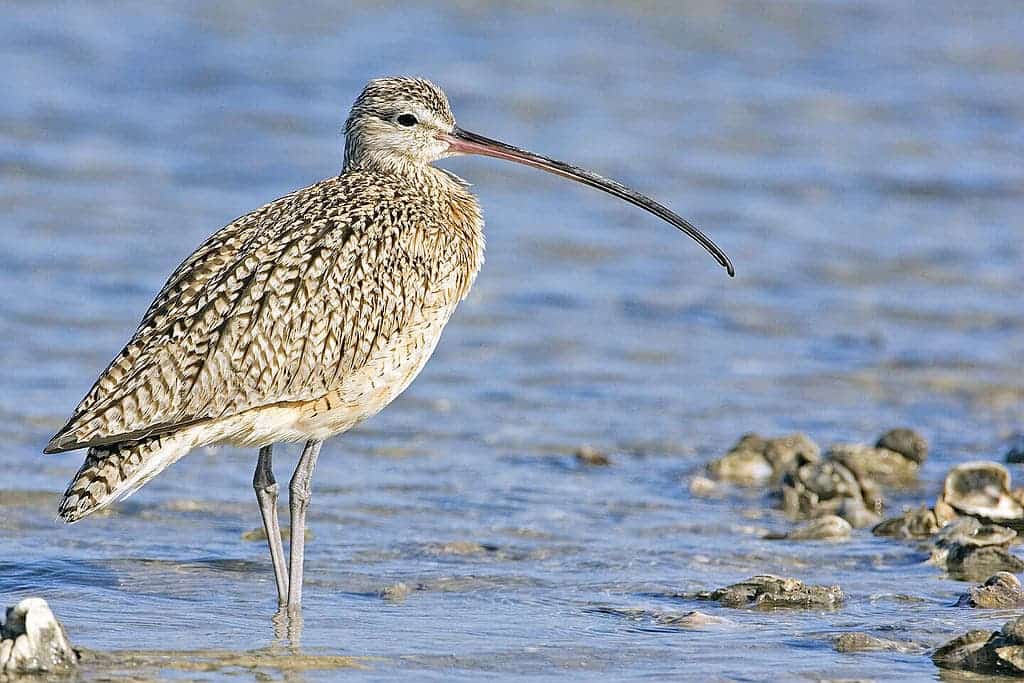Biodiversity is in serious danger in many parts of the world, with more than one million species facing extinction, according to the UN, and projections looking even worse. However, species extinction declarations are still very rare, largely because of uncertainties in knowing if the last individual of a species has actually died.

This has led to the growth of a group of “lost” species that haven’t been observed in decades or even centuries but aren’t declared extinct – possessing an uncertain conservation status. Now, a new study by researchers at Simon Fraser University has estimated there are over 500 species considered to be lost, not seen by anyone in over 50 years.
Arne Mooers and his team went through information on over 32,000 species from the International Union for Conservation of Nature Red List of Threatened Species (known as the IUCN Red List). IUCN defines extinct as “’when there is no reasonable doubt the last individual of a species has died,” which the researchers argue can be tricky to identify.
“We actually found there were over 500 animals that live on land that haven’t been seen in over 50 years,” Mooers said in an interview with The Canadian Press. “That’s almost twice as many as have been declared extinct since 1500 AD. There’s a huge pool of species out there that we don’t know whether they’re still around or not.”
Species under risk
In total, the researchers identified 562 lost species around the world. Amphibians were on top of the list with 137 lost species, followed by reptiles (257), mammals (130), and birds (38). Of these, 13% (75 species) are listed as ‘Possibly Extinct’ by the IUCN. The criteria used by the team to list a species as lost was the missing or last-seen date.
Over 90% of the species are from tropical countries, with distributions being particularly concentrated in ‘mega-diverse’ countries. Indonesia (69 species), Mexico (33 species), and Brazil (29 species) had the most lost species overall. The three countries have been subject to a growing expansion of agriculture and cattle ranching in recent years.
“The fact most of these lost species are found in megadiverse tropical countries is worrying, given such countries are expected to experience the highest numbers of extinctions,” study author Tom Martin said in a statement. “While theoretical estimates of ongoing ‘extinction rates’ are fine and good, looking hard for actual species seems better.”
For the researchers, this large number of “lost species” creates uncertainty with respect to conservation prioritization efforts and to our understanding of extinction rates. They suggest adjusting the IUCN RED list to allow lost species to be better tracked, as well as concentrating future survey efforts on the identified hotspots where the existence of many species is questioned.
There are around one million animal and plant species threatened with extinction, many within decades, more than ever before in human history, according to a 2019 review. The abundance of native species in most land-based habitats has dropped 20% since 1990. Over 40% of amphibian species are also believed to be threatened.









